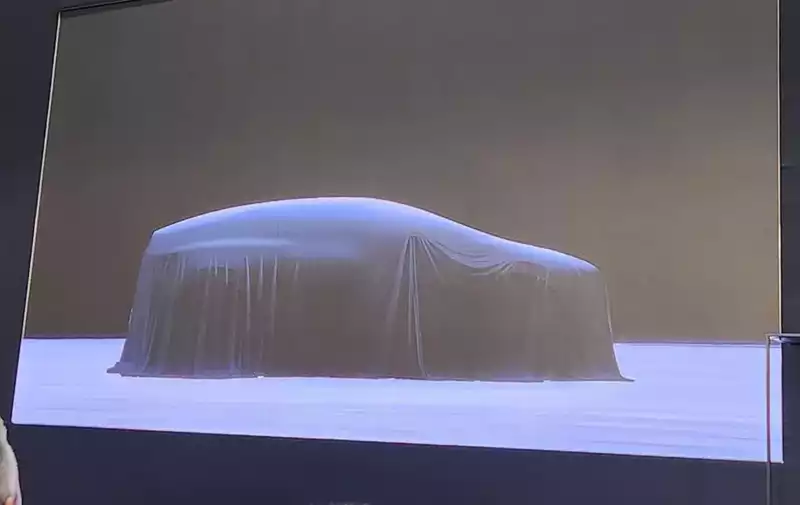McLaren Solus GT as a game-look V10 track car.

When McLaren said a few years ago that it was developing a real-life version of the Ultimate Vision GT, a track car developed for the Gran Turismo video game series, it wasn't kidding.
The result is the wild McLaren Solus GT, unveiled Friday during the 2022 Monterey Car Week.
Only 25 will be built, and all production slots have already been sold. Delivery is scheduled for 2023, and pricing has not been disclosed; seven figures is almost certain.
Like the virtual model, the Solus GT is a single-seater developed specifically for circuit driving. It features a custom-built carbon fiber monocoque structure, a carbon fiber body, and a closed cockpit design with a sliding canopy similar to that found on fighter planes. This design provides the driver with 180-degree visibility, similar to that of a formula-style racing car; there is also a 3D-printed titanium halo protection system similar to that found in Formula 1.
Thankfully, it offers a conventional seating position, as opposed to virtual cars, which required drivers to lie on their stomachs to keep the cabin as low as possible. The seats are molded to the car's owner, and racing suits, helmets, and HANS braces are also provided. McLaren will also include a driver coaching program with the car, similar to previous McLaren circuit cars such as the P1 GTR.
Power comes from a 5.2-liter V10 that produces 829 hp and 479 lb-ft of torque. The engine is a design adapted from motorsports, with barrel-driven throttles on each cylinder and is completely gear-driven, meaning no chains or belts are used on the camshafts or auxiliary systems.
The engine also serves as the structural element of the car, turning the rear wheels through a seven-speed sequential gearbox. This gearbox features straight-cut gears that are engaged via a fully automated, software-controlled, multi-plate carbon fiber clutch. Unlike the virtual car, no electrification takes place here; raw V-10 power is used.
As for the exterior design, McLaren managed to stay true to the design of the virtual car, even though every element of the Solus GT's body was molded in a wind tunnel. While the canopy and wheel pods are obviously the most prominent elements, the large front splitter should not be overlooked. This splitter feeds air into the two ground-effect tunnels before exiting through the rear diffuser. The dual-plane fixed rear wing is also key to the car's 2,645 pounds of peak downforce.
Suspension was adapted from F1 and consists of double wishbones with pushrods in the front and pullrods in the rear. Each corner is fitted with manually adjustable 4-way dampers, and the front is equipped with a heave spring and damper system to limit vertical movement and increase rigidity at speed. Anti-roll bars connected by drop links are also fitted on each axle.
The 18-inch wheels are made of forged aluminum and are housed in aerodynamically shaped wheel pods. The tires are said to resemble those found on Le Mans prototype racers, and the brakes are similar to those found in racing, consisting of six-piston monoblock calipers, carbon rotors and pads.
Development is ongoing, and as a result, final performance figures have not been released. However, McLaren expects the 0-60 mph time to be under 2.5 seconds, the top speed to be over 200 mph, and the track time to be faster than any other McLaren, with the exception of single seat racing cars. McLaren has also stated that the car should offer a driving experience similar to that of an F1 racing car. While McLaren will handle the logistics, there will also be a dedicated flight case to support the owner's unique circuit activities. This includes a comprehensive tool set, vehicle jack, stand, radio set, and coolant pre-heater.
.



